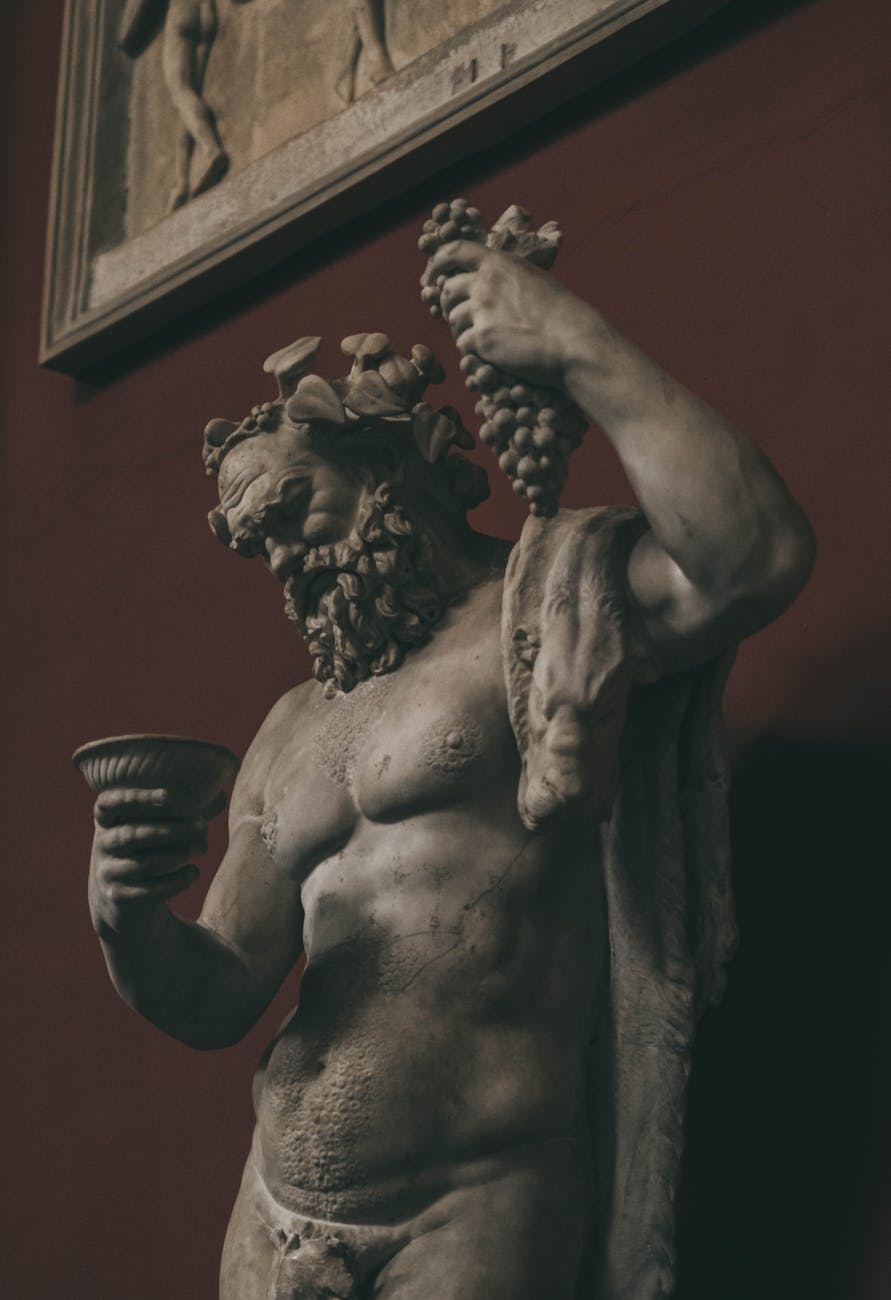Despite ample critics of Hans-Georg Gadamer to the contrary, Monica Vilhauer offers a creative retrieval of Gadamer’s use of play in Truth & Method for philosophy. Vilhauer argues in Gadamer’s Ethics of Play his references to ‘play’ prove relevant for honoring, rather than presumably belittling, difference, tension, and plurality. Nearly unanimous criticism argued Gadamer’s work “does violence to otherness, alterity, and resistance;” however, Vilhauer points out that play is one of Gadamer’s main features from the German word ‘Spiel,’ just as much as the ‘fusion of horizons’ concept that most people focus on, which fundamentally alters its reception – at least to an attentive reader. With ‘playing’ as an orientation, his work does not do this alleged violence; thus, an (re)orientation of play, within Gadamer as within philosophy, helps us respect Otherness and cultivate plurality, in part by respecting etiquette in dialogic debate – and existence.
Gadamer’s work is most often cited for “the fusion of horizons,” which is the source of the alleged ‘violence’ against ‘otherness’ and difference; reassessing this position is the basis of Vilhauer’s counter-critique. Typically conceived as something of a Venn diagram, such fusion may be likened to two binary spheres of black and white merging into ‘gray’ overlaps in the middle. This proves confrontational for many, presuming the ‘I’ & ‘Thou’ lose their individual integrity. Vilhauer argues this is patently not the case. Gadamer’s notion of ‘horizon’ is more like a color spectrum, like sunlight catching raindrops suspended in midair producing an array of colors: a rainbow. A rainbow is a dynamic color scheme representing many truths coexisting simultaneously even aesthetically beautifully like our pluralist (utopian?) ideal- yet can prove more practical and possible than we suppose. Indeed, Vilhauer argues Gadamer “worried about these important problems,” too, meaning lack of proper respect of the Other, especially among dialogic debate, in which the other should not only be heard but received as valid, “and aims to give an account of genuine understanding that does not fall prey” to the ‘authority’ of tradition. (V, 60-1)
Vilhauer argues “play has a global relevance in philosophical hermeneutics,” based on Gadamer’s work and this can help us locate play in a more cosmological context because the color or light theory of the horizon can help us elucidate the metaphysics of play. Indeed, “Gadamer’s notion of ‘understanding’ as play is the key for appreciating …dynamic process [of a participatory cosmos] that requires participants to approach each other with a comportment of ‘openness’ to succeed.” (Vilhauer, xiv) Indeed, “a comportment of openness to play is something that seems to be cultivated through the process of playing itself.” (V, 66) Basically, we are -or should comport ourselves as- players in a meta- game.
Gadamer’s hermeneutical principle is “in order to understand a given text one must understand the question to which it is an answer.” (xiv) Gadamer’s question concerns whether modern scientific method holds a monopoly on knowledge or whether it’s legitimacy as the only means of attaining real truth has any real credibility, which of course we know that it doesn’t hold a monopoly because science neglected play, a compelling alternative to knowing, or for Gadamer: understanding.
Understanding is one of three main constituents to the “hermeneutic circle,” among interpretation and, significantly, application. The veritable question to which a text (or tradition) might be an answer rest in its application – which is contextually dependent, this is why Gadamer insisted upon ongoing hermeneutics, the active play-process of understanding. “Tradition should be kept alive” in the sense that it should be not only received but “reworked and modified by us;” we do not just belong to a tradition but it “belongs to us.” (V, 61)
The “event of tradition” must be considered in terms of “the larger play-process of which it is a part… of the dynamic, ongoing sharing of a common game – the game of developing a joint articulation of truth.”
(Vilhauer, Gadamer’s Ethics of Play, 63)
Toward this end, Gadamer talks of a scientific consciousness and how the aesthetic consciousness and historical consciousness are subsets of this scientific umbrella of empirical methodology. These are “pure” consciousnesses which he says “fail to account for and achieve the phenomenon of genuine understanding.” This is a tacit appeal to a play consciousness similar to Frederick von Schiller’s “Letters on the aesthetic education of humanity” in which play was posited as a reconciling creative tension between the sensuous impulse and the formal impulse.
Likewise, Vilhauer’s appeal to a participatory conversation, as a basis for Gadamer’s hermeneutics, is an appeal to engage actively with the text, which also proves very akin to J.R. Deer’s Radical Animism. This means treating the act of reading as a conversation with the author as if they were alive and well, directly in your presence as an organic interlocutor, rather than a mere passive ‘action.’ Gadamer’s Truth and Method then indicates ‘truth’ is understanding, which is a function or a dynamic, and the ‘method’ is play, rather: playfulness.
Gadamer’s use of horizons, also again, proves akin to James P. Carse’s Finite & Infinite Games for his definition of horizons as the ever-unattainable goal, a boundary of vision we never quite reach because as soon as we approximate it, it moves still further beyond our reach. The ‘fusion of horizons’ becomes relevant for our previous idea of playing with paradigms. Vilhauer notes Gadamer’s play “aids us past the sorts of obstacles to understanding that we have come to set for ourselves,” (xvii) So, playing with horizons helps us see beyond our self-imposed myopia; like Carse on his stance that we must recognize that we have a deficit of knowledge in order to want to learn more,
our biggest problem is how we are to cultivate a shared willingness in those people including ourselves who have become closed to the other.
-Vilhauer, xvii
Too, “because Gadamer encourages in us a recognition that our continued to-and-fro engaged ‘play’ with the Other is crucial to our very way of living and flourishing as human beings [Plato’s appeal to the worthy life in Laws] we can see the disengagement, [or] the complete restriction of the Other’s possibility for participating in play, [even] the elimination of the Other – or any other ‘game-stopping’ moves – are the worst kinds of violence against our human form of life.” We must, instead, “find new ways of interacting, engaging, playing with them,” these others who do not already engage in conversation for solutions. Because, as Vilhauer argues, “the game must go on…. It is up to us to carry on the conversation begun by him in relation to our current problems and pressing demands.” So, we situate ourselves in our contemporary issues yet we reorient ourselves afresh using play to find pragmatic solutions, utilitarian, pluralistic, and -most importantly, given a widespread spirit to the contrary- optimistic.
Vilhauer, effectively, resurrects Gadamer, especially for the English-speaking world, and salvages play, in kind. When our capacity for -and interest in- dialog breaks down, Vilhauer posits we turn to our play consciousness, which is apt for hermeneutical interpretation and developing our understanding of ourselves and ontology.
-RED 6/4/2024








Leave a comment